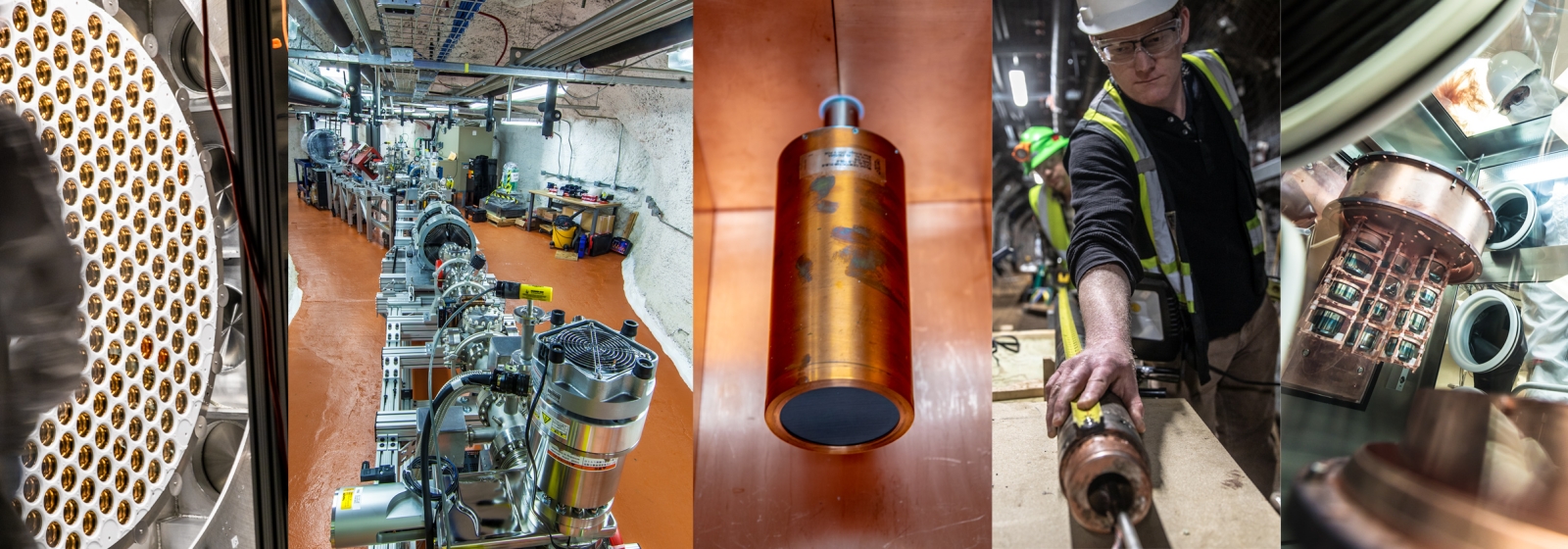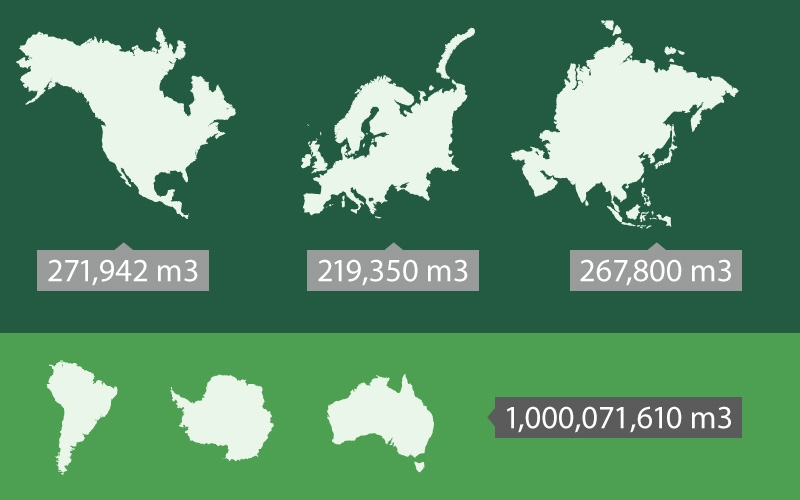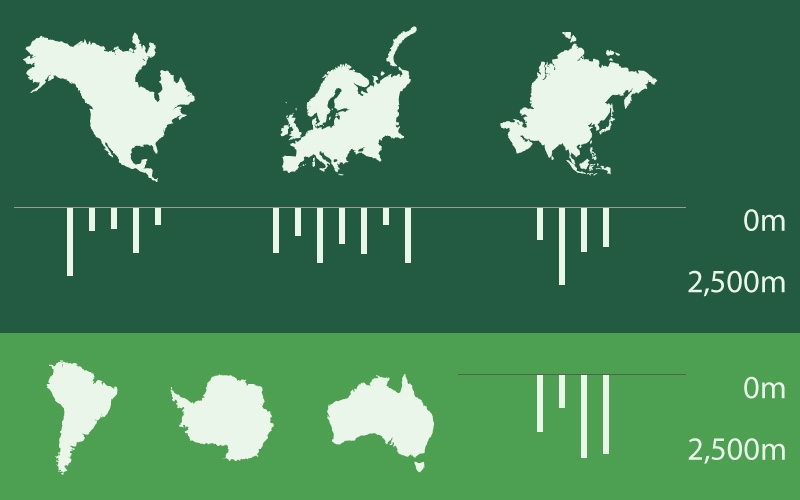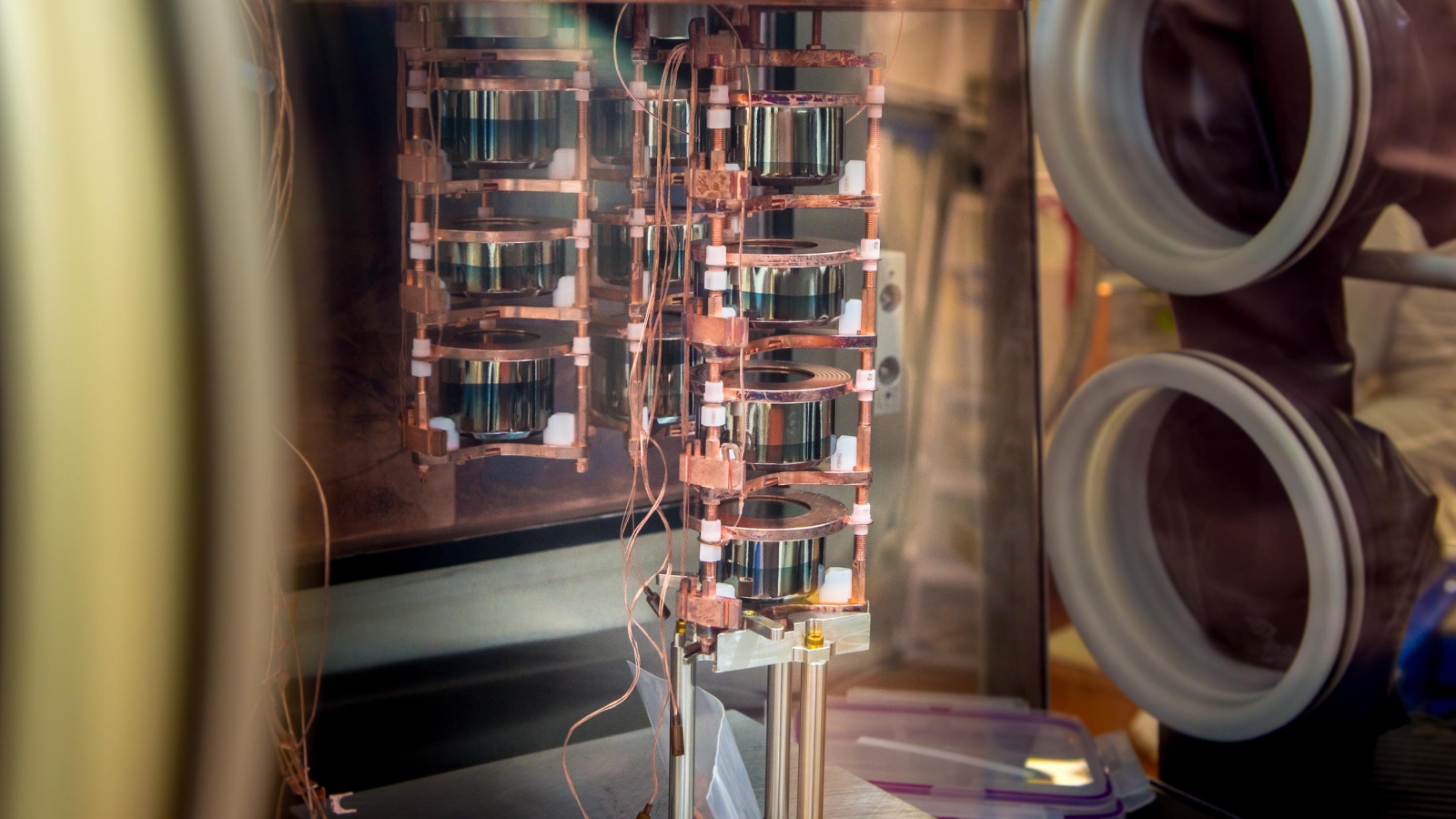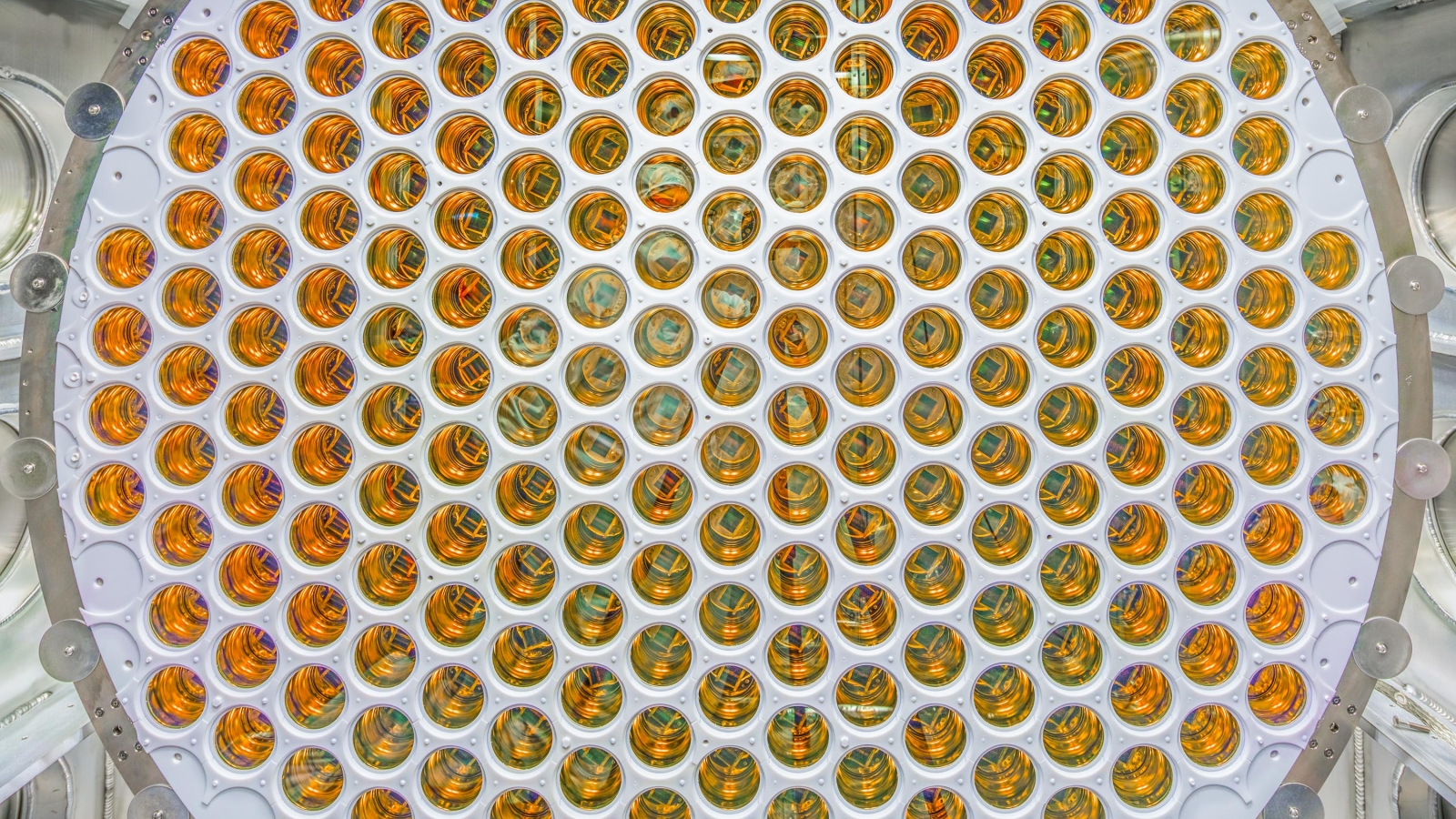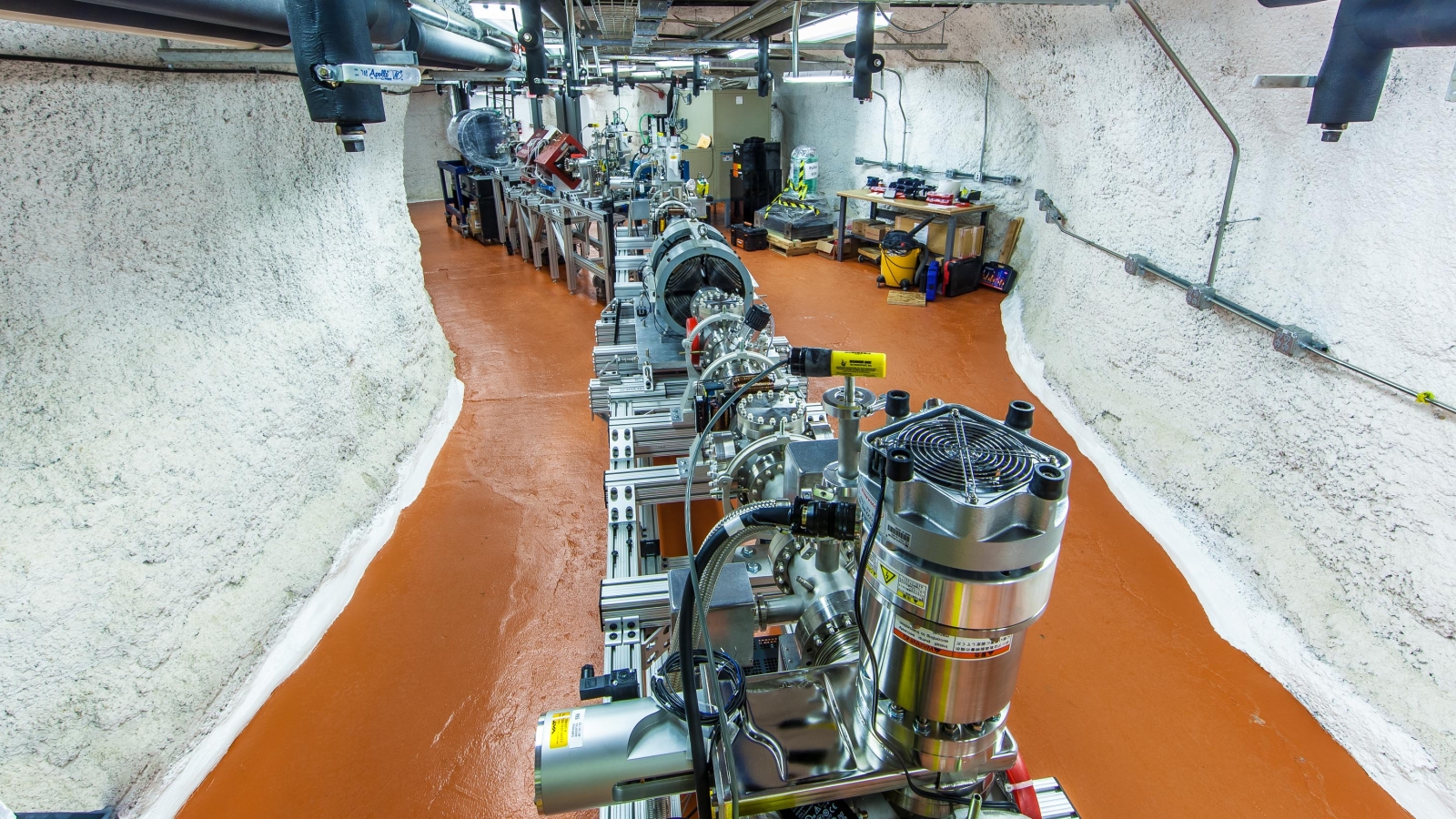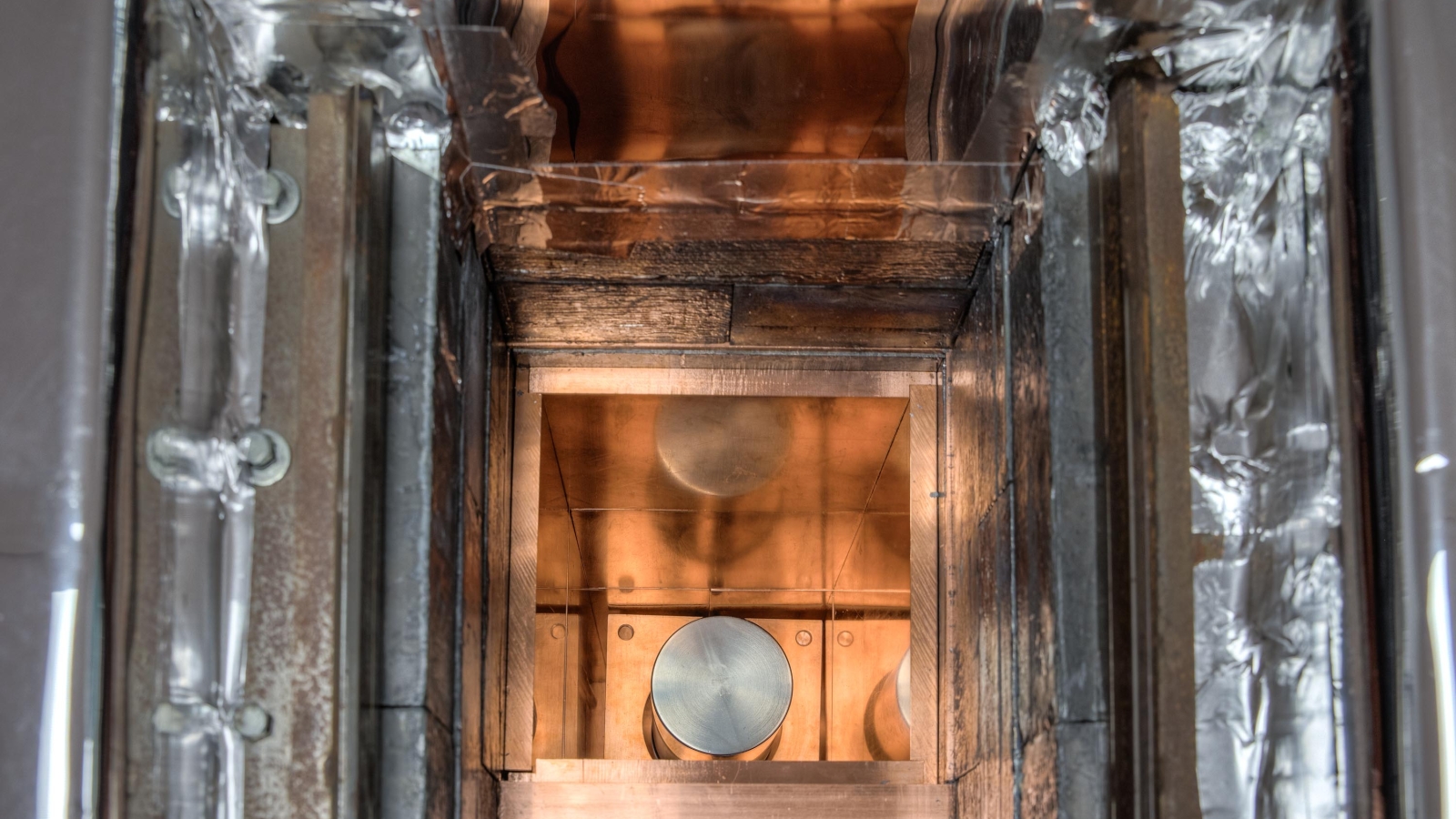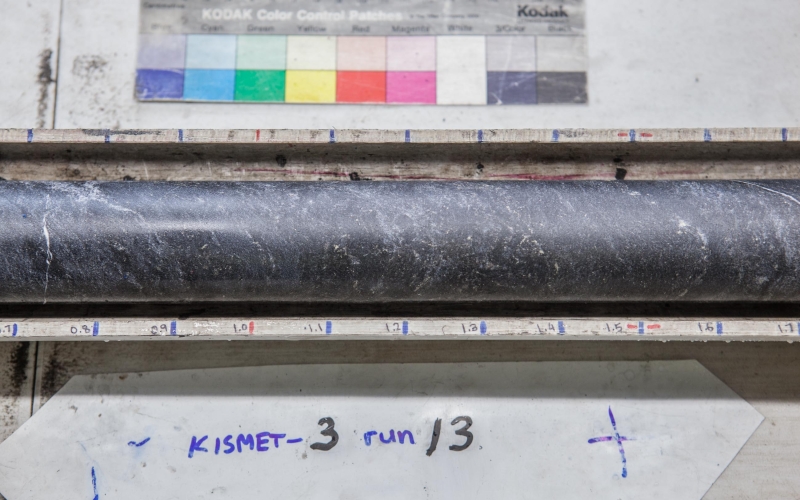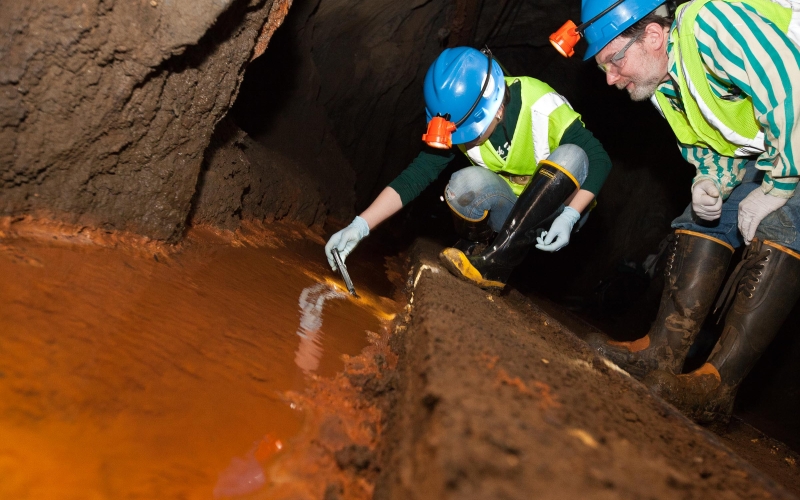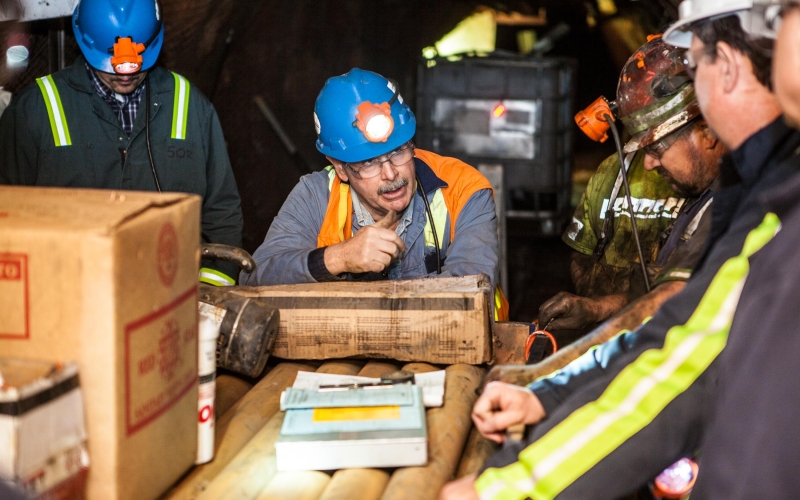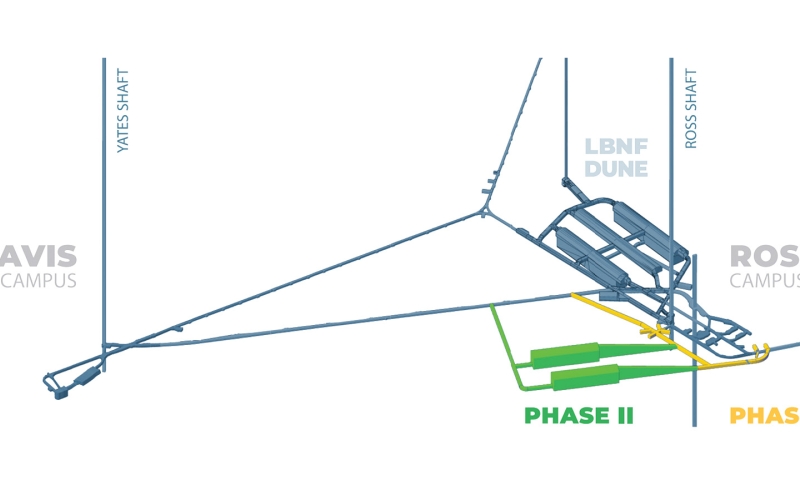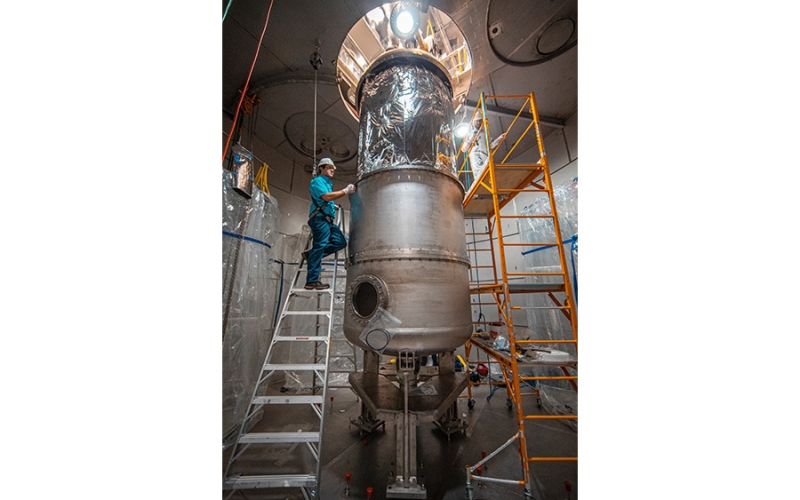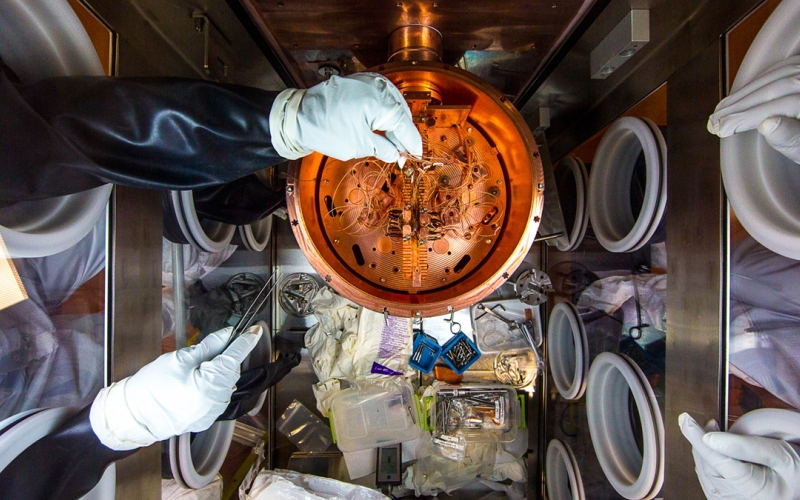The Sanford Underground Research Facility (SURF) advances world-leading science and inspires learning across generations.
We support active research in particle and nuclear physics and other science disciplines. While still a gold mine, the facility hosted Ray Davis's solar neutrino experiment, which shared the 2002 Nobel Prize in Physics. His work is a model for other experiments looking to understand the nature of the universe.
The facility's depth, rock stability and history make it ideal for sensitive experiments that need to escape cosmic rays. The impacts on science can be seen worldwide.
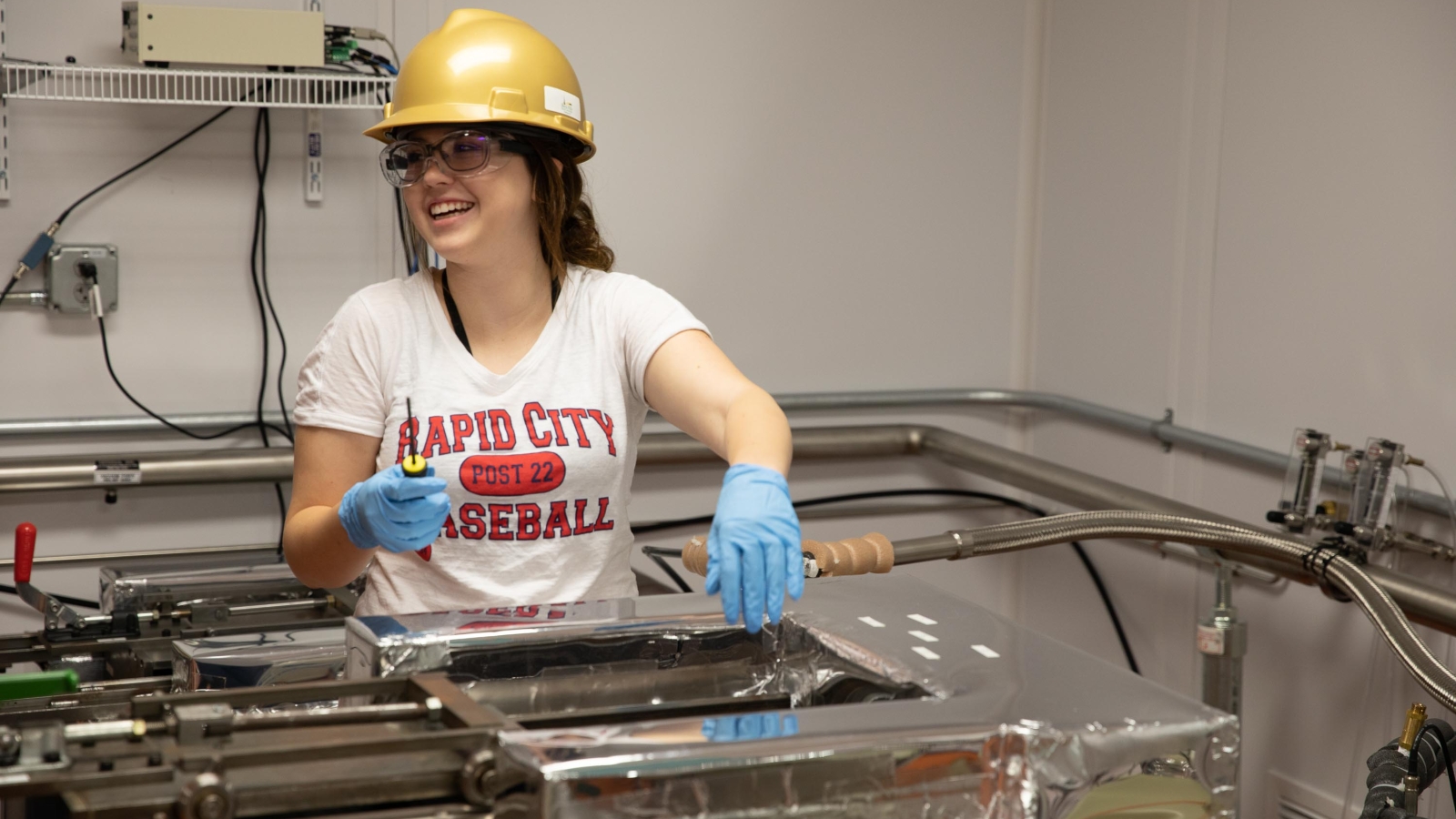
Local impact
Building laboratory spaces deep underground at Sanford Lab created new opportunities for higher education in South Dakota. In 2012, the Board of Regents authorized a joint Ph.D. physics program at the South Dakota School of Mines and Technology in Rapid City and the University of South Dakota in Vermillion. Since then, dozens of students have participated in the program and worked on experiments at Sanford Lab. In 2017, each university saw their first students complete the program.
To date, there are 31 research projects housed at Sanford Lab, several of which include students and faculty from universities across South Dakota.
The Black Hills State University Underground Campus (BHUC), for example, provides a space for students from across the state to perform interdisciplinary research underground. While physics students contribute to large-scale experiments as by working in the low background counting facility, students from other disciplines work with researchers in biology, geothermal energy, and engineering.
